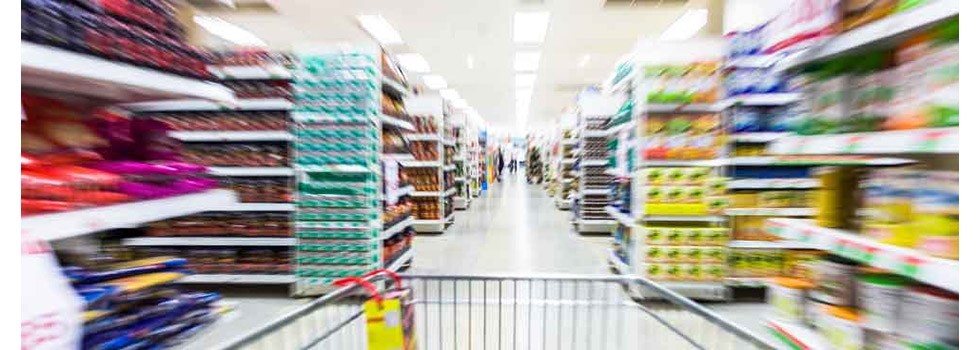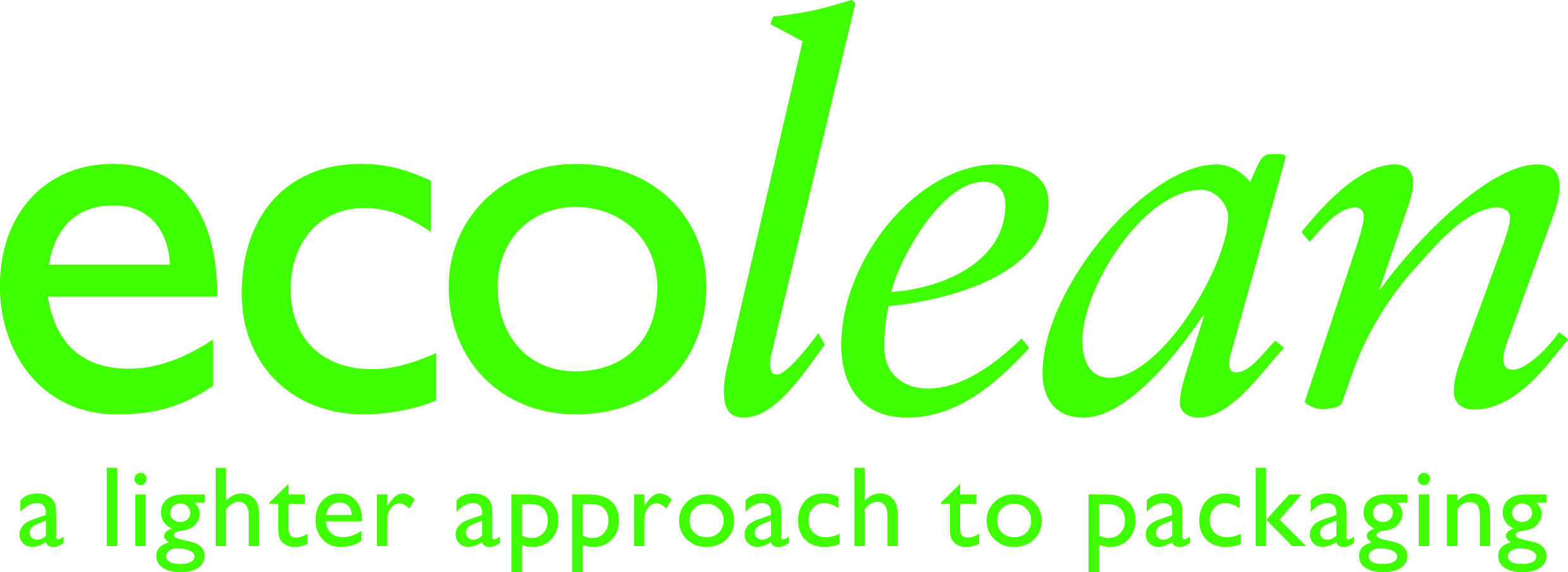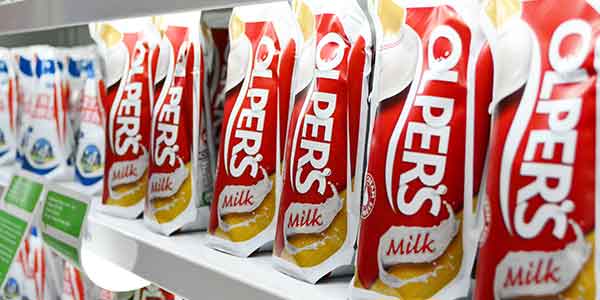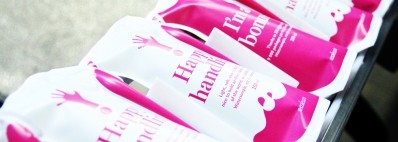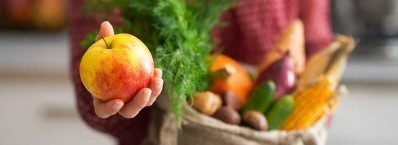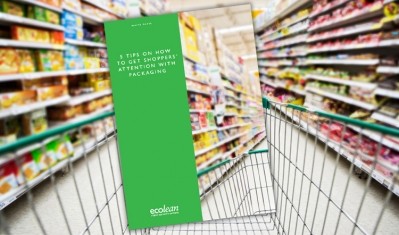Promotional Features
How to stand out where the decision is made and break through the autopilot
In a time when around 70% of shopping decisions are made in-store1 and when recent eye-tracking research shows that 99.8% of the store assortment isn’t even noticed by the shopper, differentiation is key. In the last few years, immense changes have occurred in our understanding of how we shop in-store. These changes affect both the retail environment and the consumer’s behavior.
Traditionally, the approach towards shoppers has been dominated by classical economics. The consumer was regarded as a rationalist being able to compare all the alternatives presented in the store. The decision making process could be reduced to nothing more than a rational trade-off between the value and the quality/cost of any given product.
When this theory was developed, in the 1960’s, a normal dairy department would for example have about nine SKUs. Today,a hypermarket’s dairy section has up to 600 different SKUs. So it is time to change our view on the shopper’s ability to choose, from a rational point of view. Before, the shopper had the time and ability to compare brands, because there were only a limited number of brands and the products were not as complex. The reality is very different now and it is important to understand the effects it has on behavior and which methods are effective for brand owners.
Make sure to be seen
Big brands are today less unique and less distinct. They are being challenged by private labels and new products in their categories. Did you know that a total of 90 out of the top 100 FMCGbrands are losing market share within their main category?
The very concept of the brand is transforming – from branding to the shelf to branding from the shelf. The shelf is where the power lies. Own it and turn it into the ultimate shopping experience. And remember that you only have a few seconds to make it work and make the shopper turn in your direction.
All your efforts, focus and creativity should go into those few seconds; the battle for the shopper is all about visibility. The main objective in-store for any brand is to be visible and get selected. But what is the most efficient and certain way of reaching this goal?
The maxim is simple: create clarity and make sure to stand out. This is also a reason why many retailers are moving to “clean store” policies and banning POS-material and displays. The packaging and the packaging design will never get thrown out due to a policy like that.
Marketers need to embrace the shopper perspective
Shopping is the world’s number one leisure activity and if you connect with the shopper you will increase sales. Understanding the shopper will allow you to understand the customer at the most critical of times, when they shop for your category. Having understood where you create your sales and who else is in the same arena fighting for those sales, we must turn our attention towards the shopper.
Understanding shopper behavior is an important piece of the puzzle that will allow us to create impactful and profitable products, and meaningful and inspiring in-store experiences. So this is where the focus should be.
According to several studies, up to 70% of FMCG shoppers2 make their final purchase decisions in-store. So why would we care about anything other than the shopper, and how to get the shopper’s attention?
Subconscious processing in-store
Let us look at the example of a traditional hypermarket with about 40,000 SKUs. In order to cope with the size and complexity of modern stores, shoppers are using what psychologists call schemata. These are subconscious reactions to regularly encountered or stereotypical situations which we have stored in our memories. One example of the use of schemata is driving. When we first learn to drive, we consciously follow the instructions of our instructor. We practice and all those instructions become stored in our subconscious reactions – that is, they have become schemata or what we call autopilot. An experienced driver does the driving without thinking.
The same happens when we shop in a grocery store. On our first shopping trips to a new store, we shop consciously. During this phase, we find routines that work in terms of efficiently shopping in the store. If they work, we repeat them on subsequent trips – and just as in the case of driving, they rapidly become schemata.
The most important mission for shopper marketing is to make something unexpected happen in-store. This could be a non-stereotypical situation that breaks us out of autopilot mode. It could be an in-store demonstration, an eye-catching in-store display or packaging that breaks through the clutter and the autopilot, making the brand seen and chosen by the shopper.
--
The Shopper Marketing article series from Ecolean shares interesting shopper insights from the FMCG world. Ecolean develops and manufactures innovative packaging systems for the dairy and liquid food industry. Ecolean’s modern lightweight packaging is consumer convenience and environmental concern in one.
[1] Nordfält, 2006
[2] Nordfält, 2006
